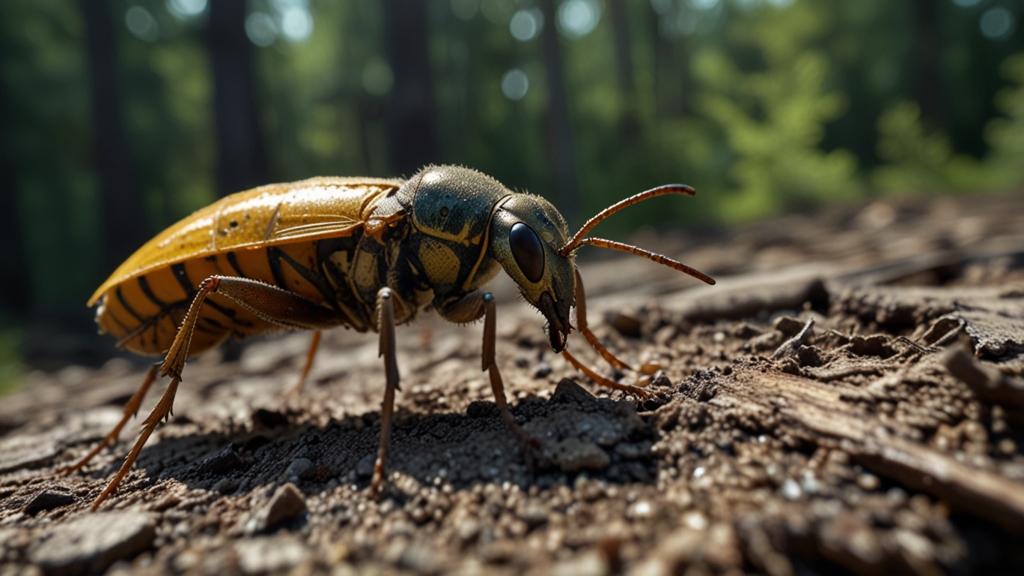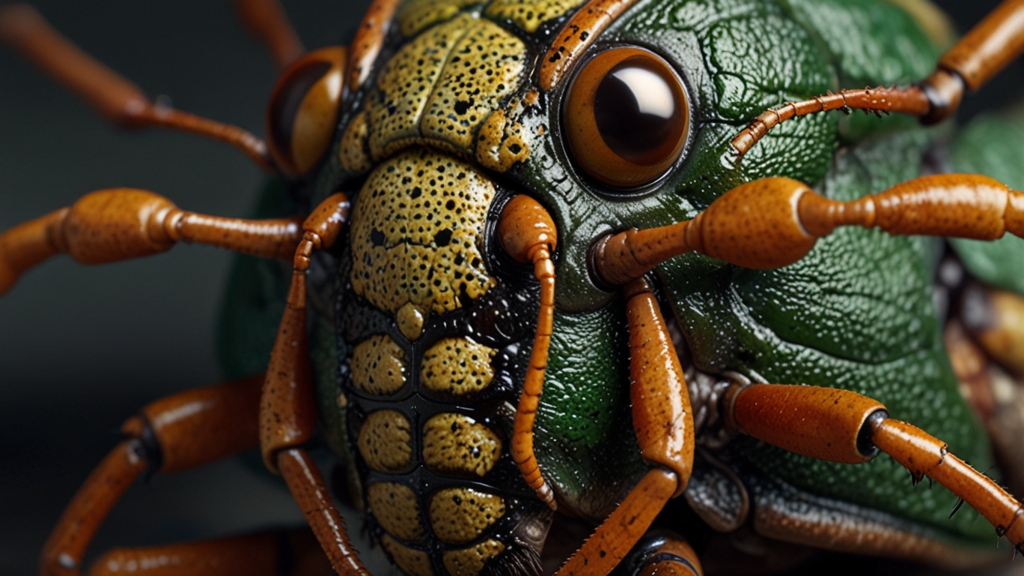Meet the Insects That Survive in Chernobyl: Life in a Radioactive Zone
The Chernobyl disaster of 1986 left an indelible mark on the world, creating a radioactive exclusion zone that spans over 2,600 square kilometers. This zone has been declared unsafe for human habitation but has become an inadvertent reserve for wildlife, including insects. While many species succumbed to the toxic environment, several types of insects have not only survived but thrived. Here's a look at how these tenacious creatures have adapted to life in one of the most hostile environments on Earth.
Resilient Survival Mechanisms
Insects in the Chernobyl Exclusion Zone exhibit a variety of survival mechanisms that allow them to cope with high radiation levels. For instance, some species have developed increased levels of melanin, a pigment that not only colors their exoskeletons but also offers protection against radiation. The increased melanin acts as a natural sunscreen, shielding their internal organs and DNA from harmful radiation.
“The resilience of these insects offers valuable insights into adaptation and evolution under extreme conditions,” says Dr. Elena Alexieva, an entomologist who has studied the Chernobyl zone for over a decade.
Adaptations in DNA Repair
One of the primary harmful effects of radiation is the damage it causes to DNA. Interestingly, some insects in the zone have developed enhanced DNA repair mechanisms. These mechanisms enable the quick and efficient repair of radiation-induced mutations, ensuring the insects can maintain their genetic integrity and reproduce successfully.
A remarkable example is the lesser wax moth. Studies have shown that these moths have an astounding ability to repair their DNA, making them exceptionally resilient to radiation compared to other species. This ability has fascinated scientists, as it could unlock new avenues in genetic research and radiation therapy.
Robust Reproductive Strategies
Surviving isn't just about longevity; it's also about reproduction. The insects of Chernobyl have demonstrated robust reproductive strategies that contribute to their thriving populations. For instance, many have shortened their lifecycle, allowing them to reproduce more frequently. A rapid lifecycle ensures that even if some generations are lost due to radiation, others can quickly repopulate the area.
“The speed at which these insects can reproduce is extraordinary. They're evolving almost in real-time, providing an unparalleled opportunity to observe natural selection and genetic shifts,” remarks Professor Ivan Petrov, a leading evolutionary biologist.
The Role of Biodiversity
Biodiversity plays a crucial role in the survival of these insects. In the absence of humans, the Chernobyl zone has become a unique ecological haven. The increased plant growth, free from human interference, provides ample food and shelter for insects, fostering a thriving ecosystem. Interestingly, the lack of human activity has allowed natural predators to flourish, creating a balanced environment where insects play a vital role in the food chain.
Scientific Implications and Future Research
The resilience of Chernobyl's insects has far-reaching scientific implications. Studying these hardy creatures helps scientists understand how life can adapt to extreme conditions, potentially offering insights into protecting humans from radiation. Moreover, the DNA repair mechanisms observed in insects like the lesser wax moth could lead to breakthroughs in medical science, particularly in cancer treatment and genetic engineering.
The insects of Chernobyl are not just surviving; they're thriving against all odds. Their story is one of adaptation, resilience, and the incredible power of nature to find a way, even in the most adverse conditions. As researchers continue to uncover the secrets of these amazing creatures, we gain a deeper appreciation for the complex and interconnected web of life that sustains our planet.









